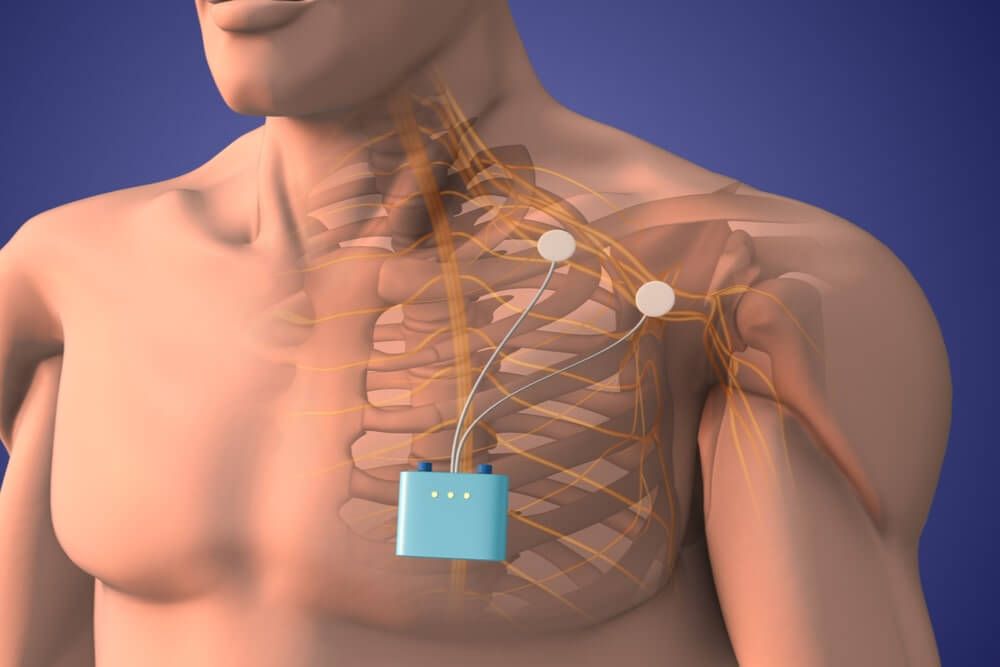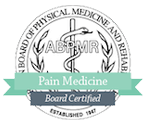Peripheral nerve blocks and stimulation are advanced pain management techniques used to alleviate discomfort and improve quality of life for individuals experiencing chronic or acute pain conditions. This patient education material aims to provide you with essential information about peripheral nerve blocks and stimulation, including their benefits, how they work, what to expect during treatment, and potential risks and complications.
Benefits of Peripheral Nerve Blocks and Stimulation
- Targeted pain relief: Peripheral nerve blocks and stimulation precisely target the nerves responsible for transmitting pain signals, providing localized pain relief without affecting other areas of the body.
- Minimally invasive: Peripheral nerve blocks and stimulation are minimally invasive procedures that can be performed on an outpatient basis, allowing for quicker recovery and reduced risk of complications compared to surgery.
- Reduced reliance on medication: Peripheral nerve blocks and stimulation can reduce the need for oral pain medications, minimizing the risk of side effects and dependency.
- Improved quality of life: By effectively managing pain, peripheral nerve blocks and stimulation can improve overall quality of life, allowing individuals to participate in daily activities, work, and leisure pursuits with greater comfort and functionality.
What to Expect During Treatment
- Prior to undergoing peripheral nerve blocks or stimulation, your healthcare provider will conduct a comprehensive evaluation to assess your pain condition, medical history, and treatment goals.
- During the procedure, you may receive local anesthesia to numb the treatment area and minimize discomfort. For peripheral nerve blocks, a needle will be guided into position using imaging techniques such as ultrasound or fluoroscopy, and medication will be injected around the targeted nerve(s). For peripheral nerve stimulation, electrodes will be implanted near the nerves and connected to a stimulation device.
- After the procedure, you may experience temporary soreness, numbness, or discomfort at the injection site or implant site. Your healthcare provider will provide post-procedure instructions and recommendations for pain management and recovery.




